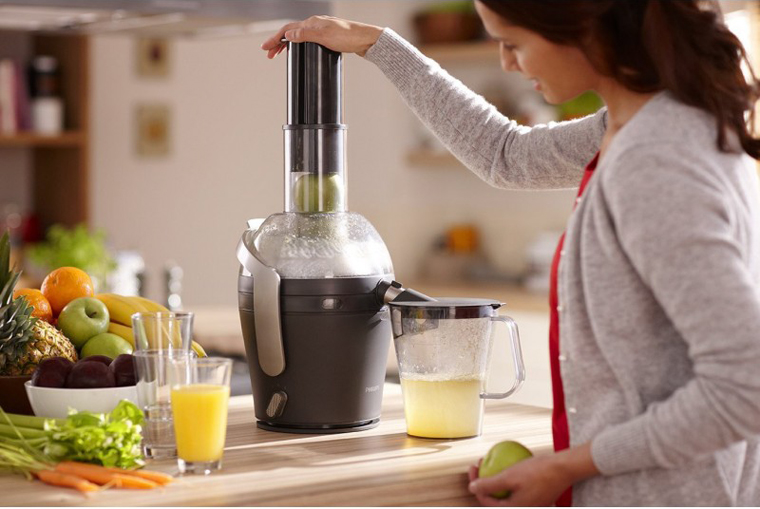When deciding on a juicer, you need to consider several factors, including yield, price, and cleaning time. A slow juicer is ideal for obtaining the maximum amount of nutrients from your produce, but it is also more expensive than its fast counterpart. This is due to the fact that it does not have a pulp dumping mechanism and is not as convenient as a fast juicer.
Cost
A slow and fast juicer are similar in function and price, but each has different pros and cons. Slow juicers produce better-quality juice while fast juicers lose efficiency as the days go by. Slow juicers can also be more versatile, offering extras such as tofu press sets and ice cream strainers. Before you purchase one, however, make sure that you have enough space in your kitchen and enough time to use it. Another important consideration is how much time you have to dedicate to juice-making, as not all fruits and vegetables will juice in a slow juicer.
The cost of a slow and fast juicer will vary, depending on the features you’re looking for. A slow juicer is cheaper upfront, but it requires a lot of pre-cutting of the ingredients. A fast juicer, on the other hand, uses centrifugal force to squeeze juice faster. A slow juicer will take longer to make juice, but it’s worth it if you’re planning on juicing every day for a healthy lifestyle.
Yield
Despite what the marketing says, a slow juicer doesn’t necessarily produce more juice than a fast one. The two types of juicers, the slow and the fast, have different juicing mechanisms. A slow juicer extracts more nutrients from food because it presses it slowly without aerating. While the slow juicer is less expensive and easier to maintain, it can be noisy and not as effective for juicing delicate fruits and leafy green vegetables. The difference between a fast juicer and a slow one is largely related to these two elements.
The difference between a slow and a fast juicer is primarily in the type of spinning mechanism. Slow juicers are known for the lower cost of ownership, and they require less space on the countertop than the fast juicers. But you should be aware that slow juicers tend to produce less juice than fast juicers, and the speed of the spinning mechanism tends to produce more foam and oxidation, which can lower the quality of the juice. Fast juicers are also not good for berries or pomegranate, as they can cause the pulp to be damaged and lose nutrients.
Cleaning
To clean a slow juicer, follow the steps below. First, turn off the juicer. Then, unplug it from the electrical outlet. Next, disassemble the juicer in a logical sequence. Rinse the parts thoroughly, paying special attention to the interior. If there are some hard-to-clean parts, soak them in a basin of warm soapy water. To clean the other parts, use a soft brush or a small dish sponge.
To clean a juicer, begin by removing the pulp from the juicing screen. Juice pulp tends to be sticky and hard to remove. Juicing pulp is usually contained within a small and fine-mesh pulp container. Using a brush to clean this container will help remove the residue and get rid of the gunk. For harder-to-reach areas, use a toothbrush or soft cleaning brush.
Convenience
When buying a new juicer, it’s essential to consider its speed and the amount of juice it will produce. A slower juicer will process ingredients slowly, so the nutrients in the fruits and vegetables are preserved. It also produces a smoother, tastier juice than a faster one. While a slow juicer may be more convenient, it will also need more storage space.
Although both types of juicers are effective in extracting the juice from fruit and vegetables, the slow juicer tends to be quieter and can handle large batches without any problems. They also retain more nutrients and reduce oxidation, making the juice taste better. However, the slow juicer is not a suitable choice for juicing soups or smoothies. This is because the slow juicer is unable to produce the same amount of juice as a fast juicer.
